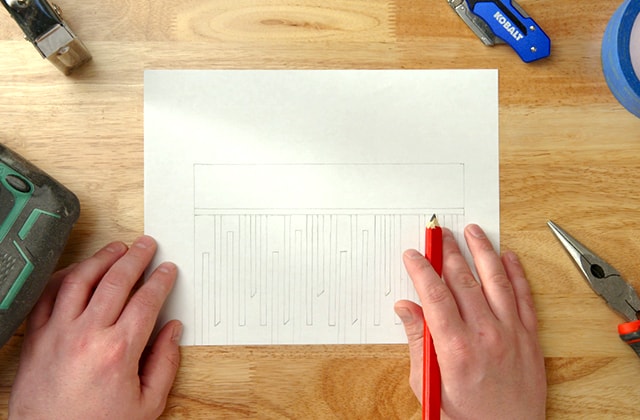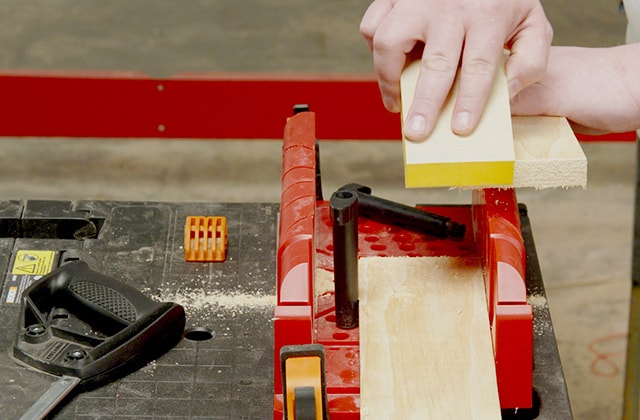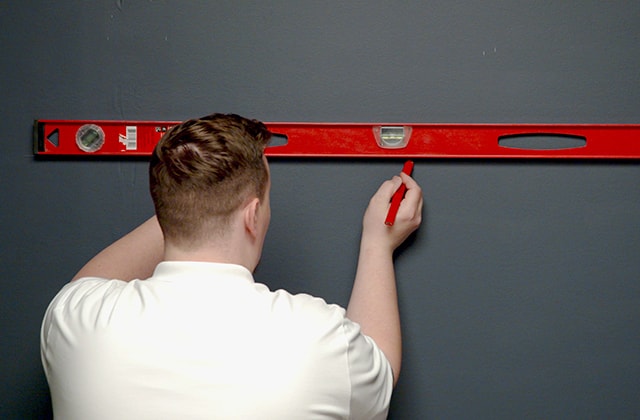1
Select a Design
- 1.1 - If you’re not yet a pro, consider choosing a pattern that is easy to adapt to the space. No matter what you choose, consistency is important. Even if you play with the length of the mouldings, we recommend either using the same spacing throughout, or deciding on a pattern and repeating it.
- 1.2 - The addition of LED lights accentuates the mouldings as well as the pattern. We recommend placing the strip downward to avoid catching the eye of those seated.
- 1.3 - As for the height of the shelf, make sure there is enough clearance to rest the eye. Decorative objects such as frames and plants can be placed on the shelf.
- 1.4 - Why not use a different finish for the paint? For example, if you use a matte finish for the wall and a glossy or sheer finish for the mouldings, the pattern will be emphasized even during the day, when the light is not on.
- 1.5 - Draw a sketch of the design close to scale before getting started. This will help you to get an idea of the materials required and the final look.































